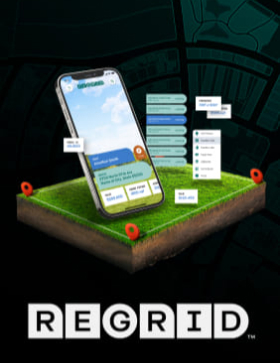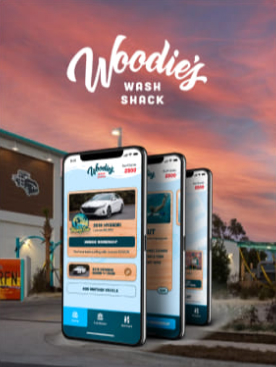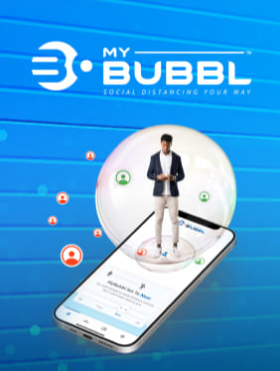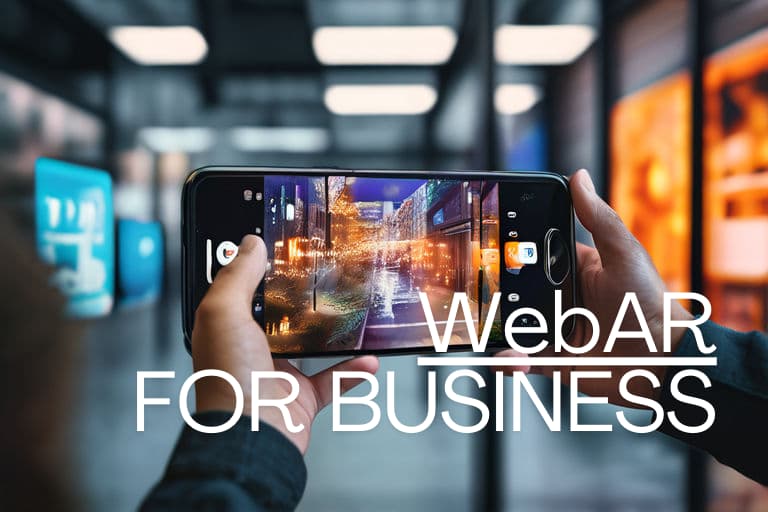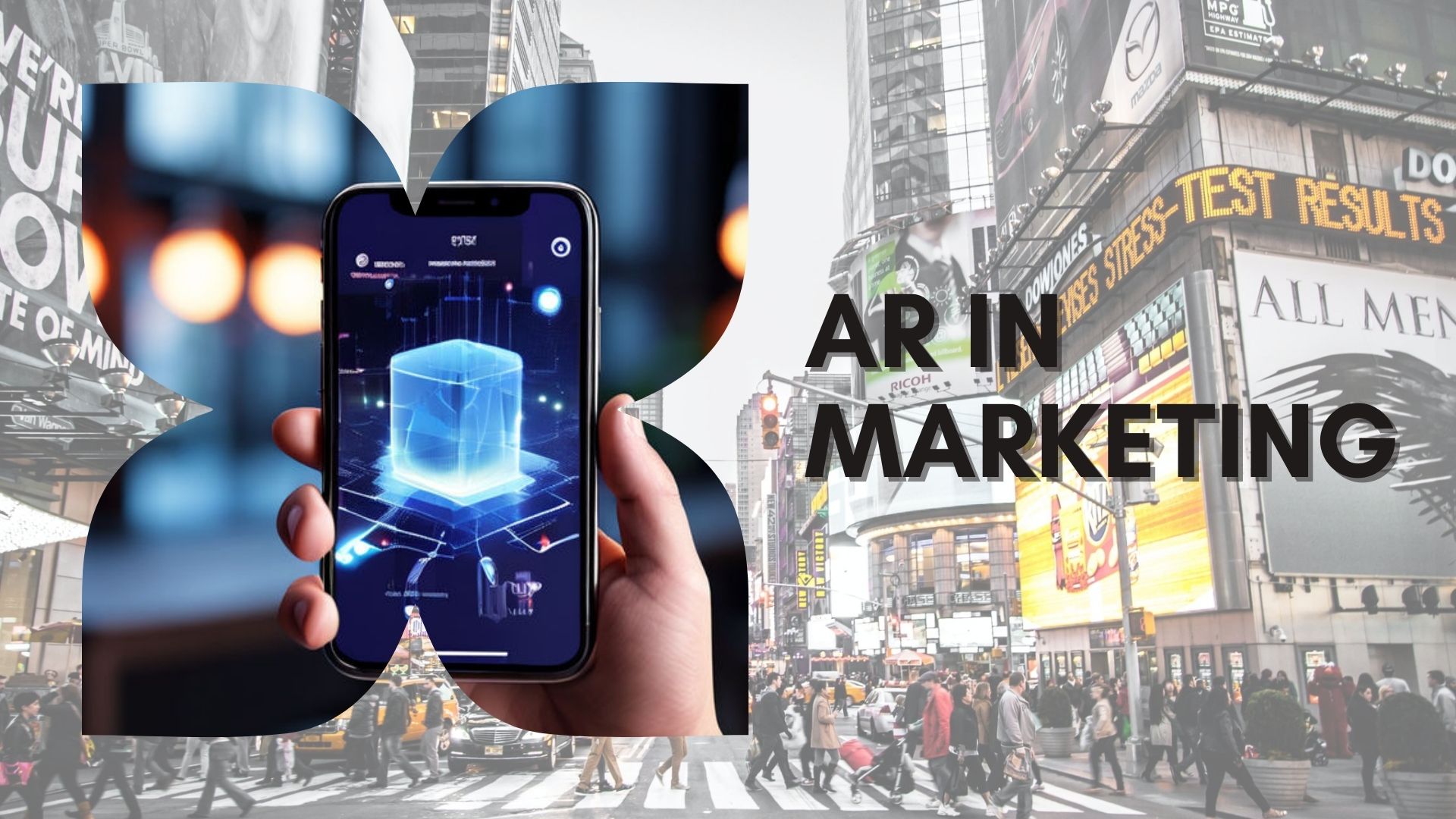
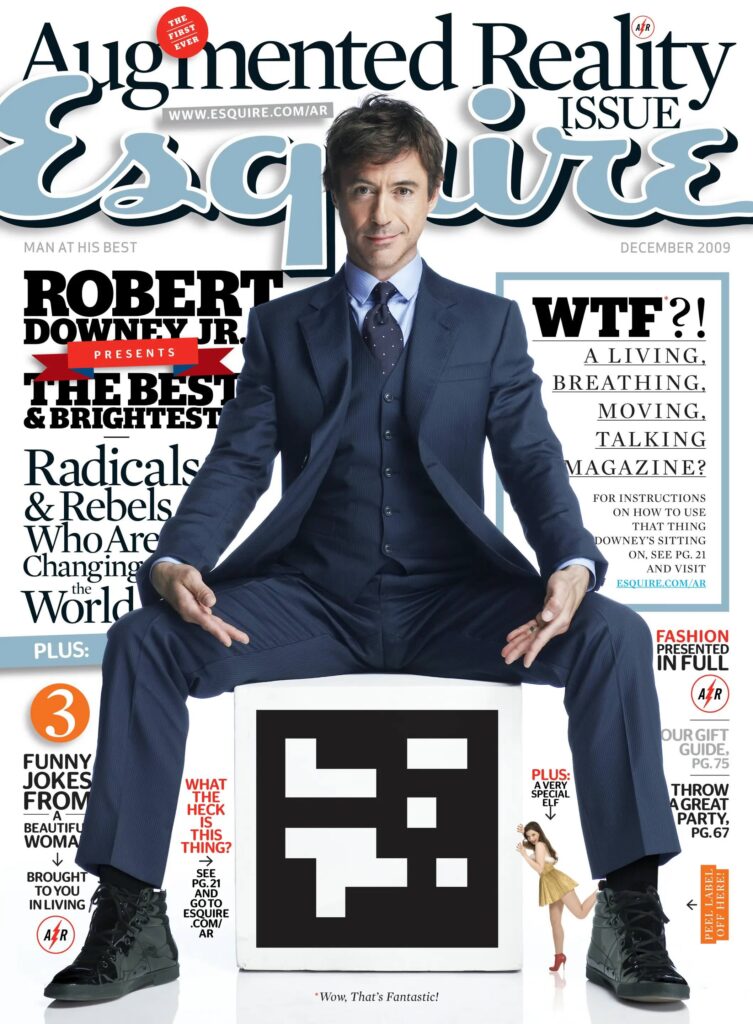
We will be the first to admit it. Augmented reality (AR) was a novelty –WAS being the imperative word here. The year was 2009, Gravity Jack was founded, words like ‘chillaxin’ were all of the rage (boss, the bee’s knees, or bussin’ — depending on what generation you’re from), and Esquire put AR in the news by having Robert Downey Jr. come to life on their magazine’s cover. Cool? Heck yes! But how many subscribers did Esquire gain because of the campaign? We’d venture to say not many.
Fast forward to today, augmented reality has transcended novelty status to become a game-changer in the world of marketing through dynamic, innovative solutions. Augmented reality’s capabilities have evolved from compelling gimmicks with short-term impact to tangible ROI for brands willing to invest in emerging technology. In a digital era where attention spans are more fleeting than Taylor Swift’s VMA acceptance speech (another 2009 callback, you’re welcome) and consumer expectations are higher than ever, AR presents a unique opportunity for businesses to stand out from the crowd and create meaningful connections with their audience.
PRODUCT VISUALIZATION
AR provides a unique bridge between online and in-store shopping experiences through product visualization. In the comfort of their homes, customers can now get a first-hand look at how a new couch looks in their living room or explore the features and functionality of a car in their driveway. These experiences cut out the guesswork in the decision-making process and enhance consumer confidence. Studies show that 71% of consumers would shop more often if they could use AR to try out products, highlighting the immense potential of AR in enhancing the shopping experience and boosting sales.
INTERACTIVE BRAND STORYTELLING
In the competitive landscape of marketing, capturing and retaining consumer attention is paramount. AR offers businesses a unique opportunity to tell their stories in interactive and engaging ways that result in memorable moments that resonate with their audience. Take, for example, a beverage company using AR to transport customers to the origin of their coffee beans or the vineyards where their grapes are grown. Through AR-powered experiences, customers can embark on virtual tours, learn about the brand’s sustainability efforts, and even participate in interactive quizzes or games—all while deepening their connection to the brand. By integrating gamification elements, AR transforms passive consumers into active participants, fostering a sense of ownership and loyalty.
Additionally, AR-powered advertisements can transform traditional marketing materials into interactive experiences. Imagine being handed a brochure and seeing an ad come to life, allowing you to explore a product from every angle or interact with virtual models showcasing its features. Such immersive experiences not only capture attention but also leave a lasting impression, increasing brand recall and engagement.
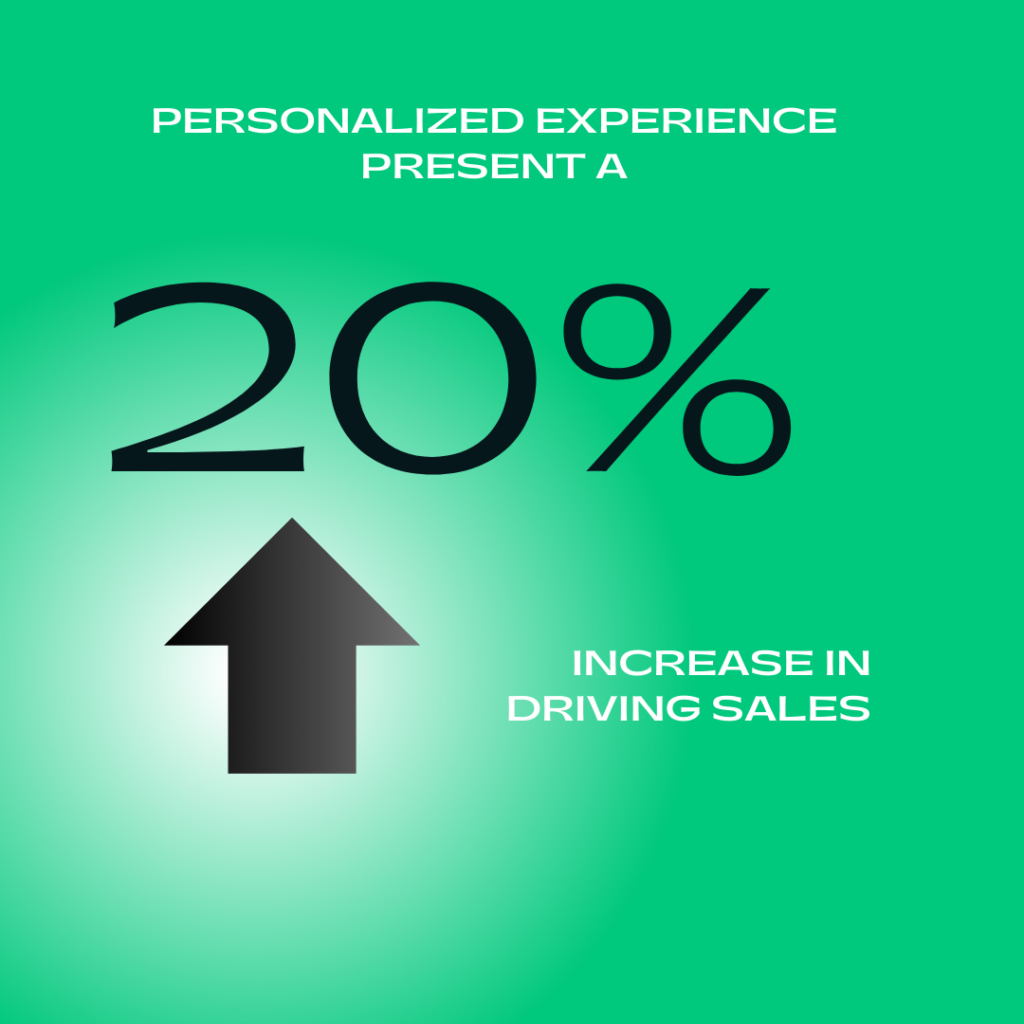
PERSONALIZED SHOPPING EXPERIENCES
Gone are the Don Draper (in case you were wondering Mad Men was on air in 2009) days of one-size-fits-all marketing approaches. Today’s consumers crave personalized experiences tailored to their individual preferences and needs. AR allows marketers to do just that by enabling personalized shopping experiences based on past interactions. This can come in the form of AR-powered virtual try-ons or personalized product recommendations based on user preferences — allowing businesses to create unique shopping journeys for each customer. Research shows that personalized experiences can drive a 20% increase in sales, underscoring the importance of catering to individual tastes and preferences.
ENHANCED BRAND ENGAGEMENT
Building a strong brand presence and fostering meaningful connections with customers is the cornerstone of successful marketing strategies and campaigns. AR does this in spades by offering a variety of opportunities to elevate brand engagement and create memorable interactions that leave a lasting impression on consumers. By tapping into the human desire for exploration and discovery, AR creates memorable moments that resonate long after the experience is over. When it comes to AR, this can be accomplished in several different ways; from interactive AR filters on social media platforms to location-based AR experiences, brands can create shareable moments that spark conversations and drive word-of-mouth marketing.
Ultimately, these brand engagement strategies revolving around AR contribute to long-term customer loyalty, which is essential for sustained profitability. By creating memorable and interactive experiences, brands can forge stronger connections with consumers, leading to increased customer retention and lifetime value. This loyalty translates into repeat purchases and positive word-of-mouth referrals. A marketer’s dream!
DATA-DRIVEN INSIGHTS AND ANALYTICS
The best part of marketing in 2024, is that we can decipher what customers like in real time. In the digital age, data is king, and AR is no exception. One of the most powerful aspects of AR marketing is its ability to gather valuable insights and analytics. By tracking user interactions, engagement metrics, and conversion rates, marketers can gain a deeper understanding of their audience’s behavior and preferences. This data can inform future marketing strategies, allowing businesses to optimize their AR experiences for maximum impact. With 65% of marketers citing data-driven decision-making as crucial to success, AR presents a valuable opportunity to harness the power of data in marketing efforts.
MAKE ROOM FOR AR
What may have started as an attention-grabbing novelty has evolved into anything but that; it’s a strategic investment that delivers long-lasting ROI, customer loyalty, and extended reach for investors.. 2009 has come and gone. Consumer expectations are sky-high and augmented reality is THE technology to set a new standard in marketing and advertising. AR initiatives create lasting value for businesses and shareholders alike. So, if you’re looking to maximize your marketing dollars and drive measurable results, finding room in your budget to include AR is a decision worth making.
Thinking about how your business can benefit from AR in more ways than marketing? Join our Reality Bytes newsletter, where we deliver byte-sized tech news straight to your inbox. We will update you on the latest developments in technology such as AR, VR, and AI, and how they will be shaping the business landscape. We will occasionally feature interviews from the board at Gravity Jack, founders, expert marketers, and other tech enthusiasts so that you can hear straight from the source on how you can implement these technologies to positively impact your business. Join us!

